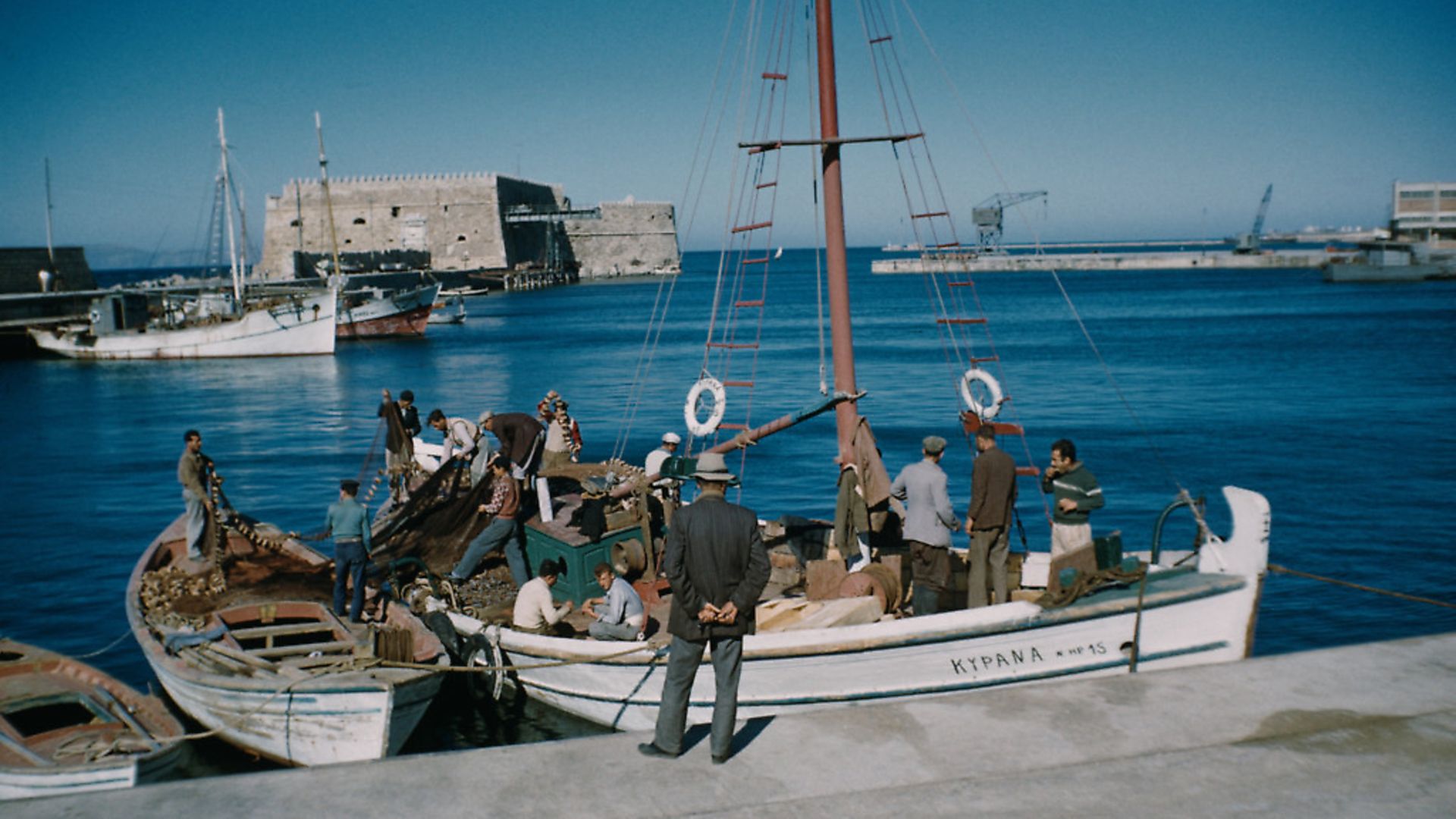
The complex history of the eastern Mediterranean means there are individuals who have defied their ‘national identities’. PETER TRUDGILL reports.
Many people in southeastern Europe would agree that it is correct to say that Turks are a Muslim people who speak Turkish and that Greeks are a Christian people who speak Greek. That is certainly the general stereotype, and it is broadly speaking true.
Accurate, unbiased figures are not always too easy to come by, but the population of Greece consists of approximately 98% Orthodox Christians, with some of the rest being Catholic; and Greek native speakers constitute about 95% of the populace. As far as Turkey is concerned, probably 97% of the population are Muslims, and very approximately 85% of the inhabitants are native speakers of Turkish; the rest mainly have Kurdish or Arabic as their mother tongue.
But there are interesting exceptions, of both possible types, to this stereotyped picture. For example, in modern Turkey and Syria, as well as scattered elsewhere around the eastern Mediterranean, there are significant groups of people who are Muslims but are nevertheless native speakers of Greek.
Many of these are people of Cretan origin. About 20 years ago, I was fascinated to meet some young Muslim Syrian fisherman in Crete who were fluent native speakers of a Cretan dialect which the locals said was “more Cretan” than the one which they now spoke themselves. Their 19th century Cretan dialect had been preserved intact in their Syrian village, after the emigration of their ancestors from Crete, without being influenced by Standard Greek – because in Syria the language of education and the media was Arabic.
Conversion to Islam after the Ottoman conquest of Greece and the Balkans was greater in Crete than elsewhere in the Greek world; almost half of all Cretans were Muslim in 1820. During the 19th century, however, many of these Turko-Cretans, as they were often – if inaccurately – called, left the island for other more predominantly Muslim areas of the Ottoman empire. This exodus was driven by sectarian violence connected with the many Cretan insurrections against Ottoman rule, as well as by the eventual achievement of autonomy by Crete under the protection of the ‘Great Powers’ (Britain, France, Italy and Russia) in 1908.
Muslims still made up about 40% of the Cretan population in 1832, decreasing to 20% in 1858, and by 1911 there were only 28,000 left. Those who remained were then compelled to leave in 1923 as part of a compulsory exchange of populations mandated by the Lausanne Convention: hundreds of thousands of Muslims were forcibly transferred to Turkey from Greece, and well over a million Christians were removed from Turkey to Greece, regardless of their language background. The idea was that if people were Muslims they were ‘Turks’, and that if they were Christians they were ‘Greeks’: religion trumped language.
If we look at the reverse combination of language and religion, there are also groups in the region who are Christians but native speakers of Turkish; one such group are the Karamanlides (“karraman-LEATHE-ess”). Before they were expelled from Turkey in 1923, these Orthodox Christians lived in central Anatolia, geographically isolated from other Orthodox groups. Those who were literate wrote in Turkish but used the Greek alphabet. Our best guess is that they were originally Greek-speaking natives of the area who shifted language as a result of being surrounded by Turks, while holding on to their ancestral religion; but it is also theoretically possible that they were Turkish incomers who converted to Christianity.
The first book in karamanlídika, as this way of writing Turkish is called, dates from 1718, and the last one that we know of was printed in Thessaloniki in 1929. According to Professor Peter Mackridge of Oxford University, in his 2009 book Language and national identity in Greece, one of the first novels ever to be produced in Turkish was written using the Greek alphabet by a Christian teacher and journalist with a very Greek name, Evangelos Misailidis; it was published in Istanbul in 1871.










